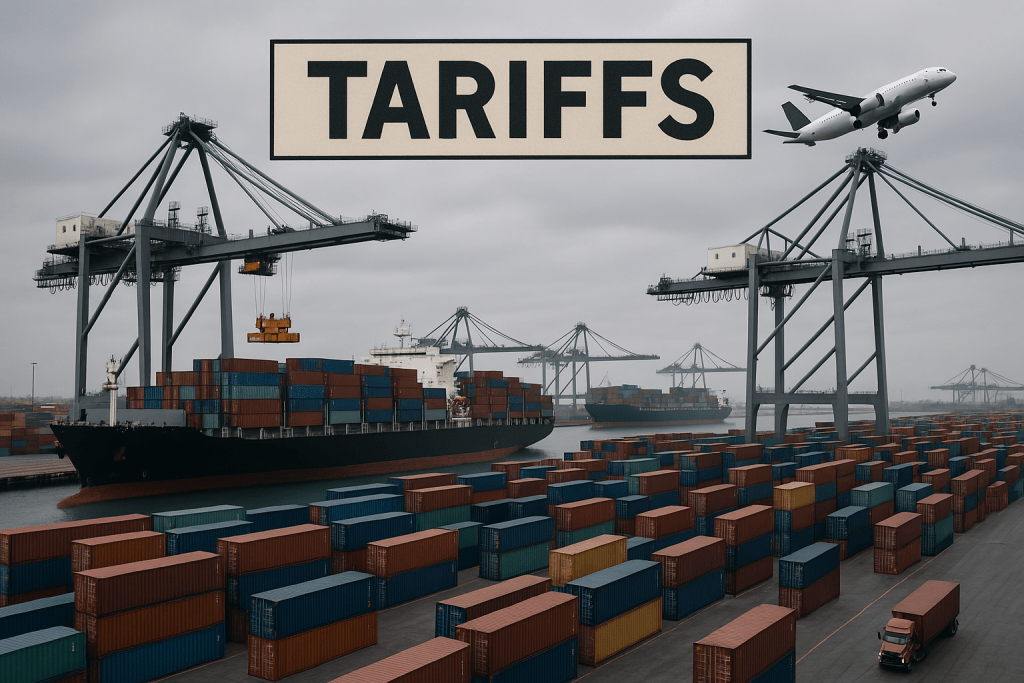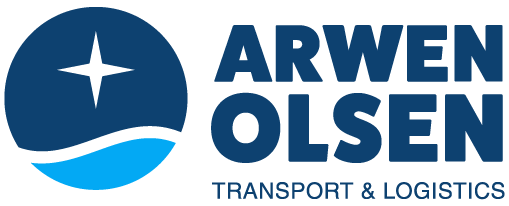
As the global trade environment shifts, sea freight is feeling the impact of new tariffs more than ever. From rising duties to increased compliance demands, shippers and importers must now navigate a more complex and cost-sensitive ocean logistics landscape.
Here’s what you can expect — and how to stay ahead:
Stay Informed
Tariff regulations can change overnight. Subscribe to updates from customs authorities and global trade news sources to stay ahead of policy shifts.
- Diversify Your Supply Chain
Relying too heavily on a single sourcing country or route could expose you to unnecessary risks. Explore nearshoring or multi-country sourcing strategies.
- Optimize Shipment Timing
Plan your shipments with flexibility in mind. Consolidate cargo, when possible, to reduce costs and avoid delays caused by regulatory bottlenecks.
- Work With Trusted Freight Partners
Choose forwarders and brokers who are proactive, transparent, and experienced in navigating complex customs environments.
- Higher Costs, Tighter Margins
Tariffs and surcharges can significantly raise your landed costs. Accurate forecasting and cost breakdowns are more important than ever.
- Longer Lead Times
Customs inspections and documentation checks are becoming more thorough. Build in buffer time to avoid delays at destination ports.
- Routing Strategy Matters
Some trade lanes are more affected than others. Reassess your usual routes and explore alternatives that minimize tariff exposure.
- Partner With a Proactive Freight Forwarder
Your logistics partner should do more than move cargo — they should guide you through regulatory changes, optimize your documentation, and help you avoid unnecessary fees.
- Strengthen Your Compliance Game
Small errors in HS codes or country-of-origin declarations can now result in big penalties. Invest in accurate, up-to-date trade compliance processes.
